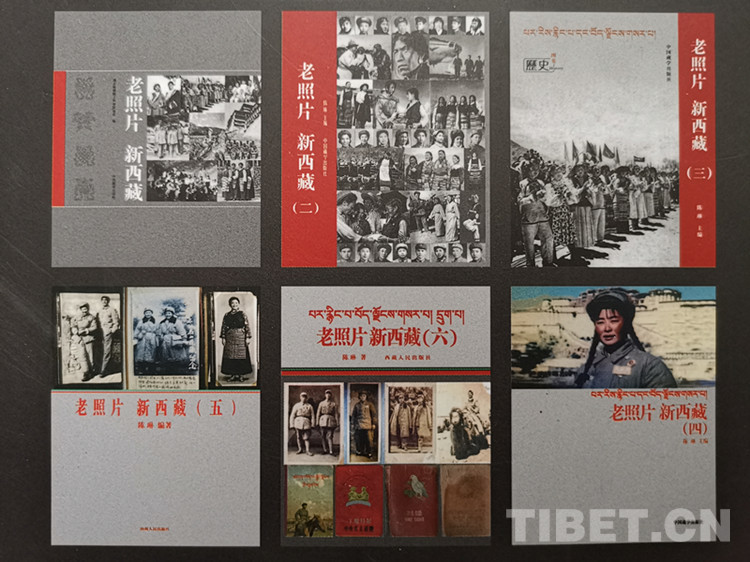70 Years on: Pema Tserings' journey of pursuing study
“I want to go to the inland cities to study. I beg you to help me.” Even though it’s been 64 years, retired Xizang MinzuUniversity professor Chen Qinfu still remembers the sight: an orphan named Pema Tsering shepherding yaks and sheep for a headman in Gongbo Gyamda County, Nyingchi, Tibet aksed him for help.
“I wanted to help him, but considering the regulations of the ‘Agreement of the Central People's Government and the Local Government of Tibet on Measures for the Peaceful Liberation of Tibet (Seventeen Point Agreement)’, it was very difficult.” After several efforts, Pema Tsering realized his wish to follow Chen Qinfu and became a student in the training class at the Tibetan Academy of the Central Party Tibet Nyingchi Working Committee. After the peaceful liberation of Tibet, groups of students were sent to the inland to study in order to train ethnic cadres to cater to the needs of the construction of Tibet. In 1957, Pema Tsering also set foot on the inland and embarked on his path of education.
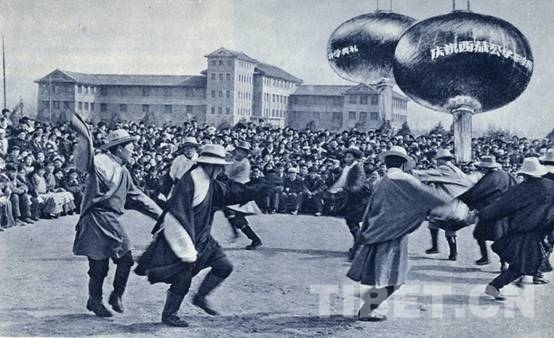
Students and teachers sang and danced to celebrate the opening of the school.
To be specific, on March 5, 1957, the Central Government made the decision that Tibet would run schools in inland cities. That same year, Chen Qinfu received an assignment: bringing 60 Tibetan students from Nyingchi Prefecture to the inland to study.
Chen Qinfu and Pema Tserings traveled 2,800 kilometers from the roof of the world to the banks of the Weihe River in Shaanxi; the journey took nearly six months. “Pema Tsering served as a temporary class leader. He helped me do a lot of work during the journey.”
As the school was still being prepared, more than 600 teachers and students of the Tibet Youth League School stayed at the Lanzhou Public Hotel. After living there for three months, there was finally news about the school’s location: they would use the site of the 264 Technical School in Guo Town, Baoji Municipality, Shaanxi Province for their school. Another “thousand-step” migration began, and the teachers and students spread across Lanzhou, Chamdo, and Ya’an quickly moved to Guo Town. Pema Tsering was included in the 11th class of the Tibet Youth League School.
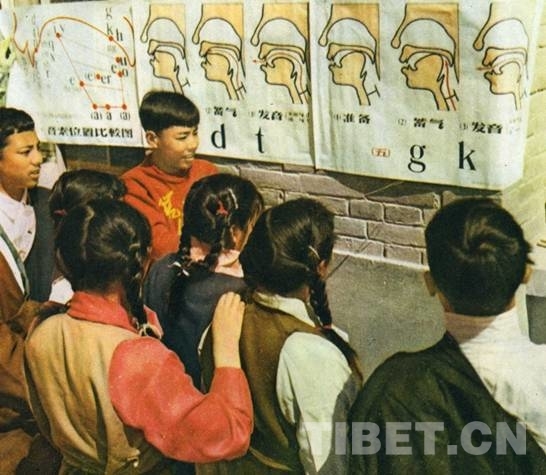
Students were studying Chinese phonetic alphabets.
The basic preparatory work was ready, and the school officially opened. “First, they had to learn Chinese language and characters through phonetic alphabets.” The school posted a study Plan hanging chart in the classrooms, corridors, and canteens. Class leader Pema Tsering worked hard. Every morning, he was the first to get up and led the whole class on a run outside. After turning off the lights at night, he and Chen Qinfu would go to the dormitories and check the number of people sleeping in their beds.

A teacher at the school was checking the student dormitories late at night and covered him with quilts.
In March 1959, reactionaries in the upper classes of Tibet’s local government openly tore up the “Seventeen Point Agreement”, launching a full-scale armed rebellion. More than 2,000 teachers and students from the Tibet Youth League School and Tibet Public School (now known as the Xizang Minzu University) went to the front line to struggle against the rebellion forces and became an important force for Tibet’s democratic reform and the construction of a new socialist Tibet.
“Before he left, Pema Tsering came to my house to bid me farewell. He held my hands with tears in his eyes and said, ‘Thank you, teacher. You took me on the path of revolution, thanks for taking caring of me in every possible way. I will never forget what I learned here’.”
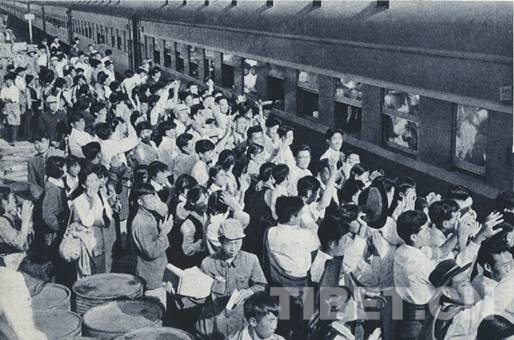
Teachers and students waved goodbye to those leaving for Tibet.
Pasang, a student in the first group of Tibet Public School (now known as the Xizang Minzu University) students, former deputy secretary of the Tibet Autonomous Region Party Committee, and vice-chairman of the All China Women’s Federation, once wrote an article recalling the deep impression of studying, living, and working at the school for more than a year. The school leaders and teachers cared for the students meticulously. All those had laid a good foundation for her future life path.
Tibet Stories
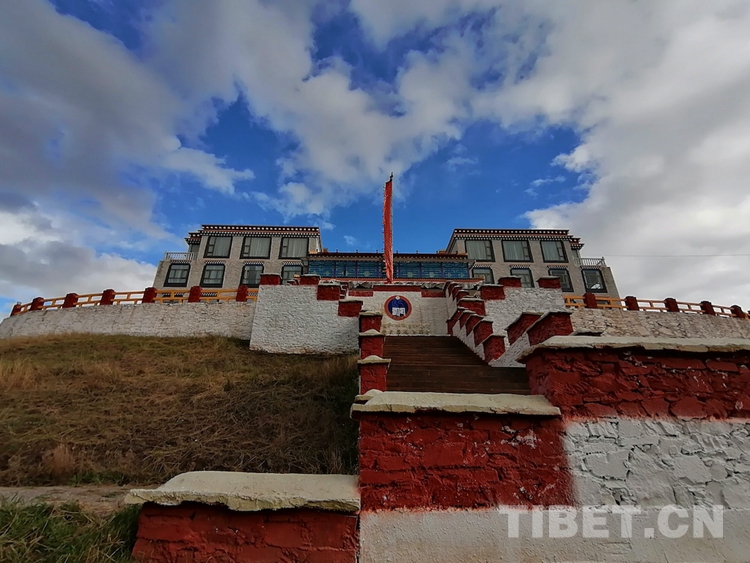
Visiting the Sichuan Ngawa Xiangzang Art School
Trizeng Rabten started painting as a hobby. He first studied the techniques of the Karma Kac...

